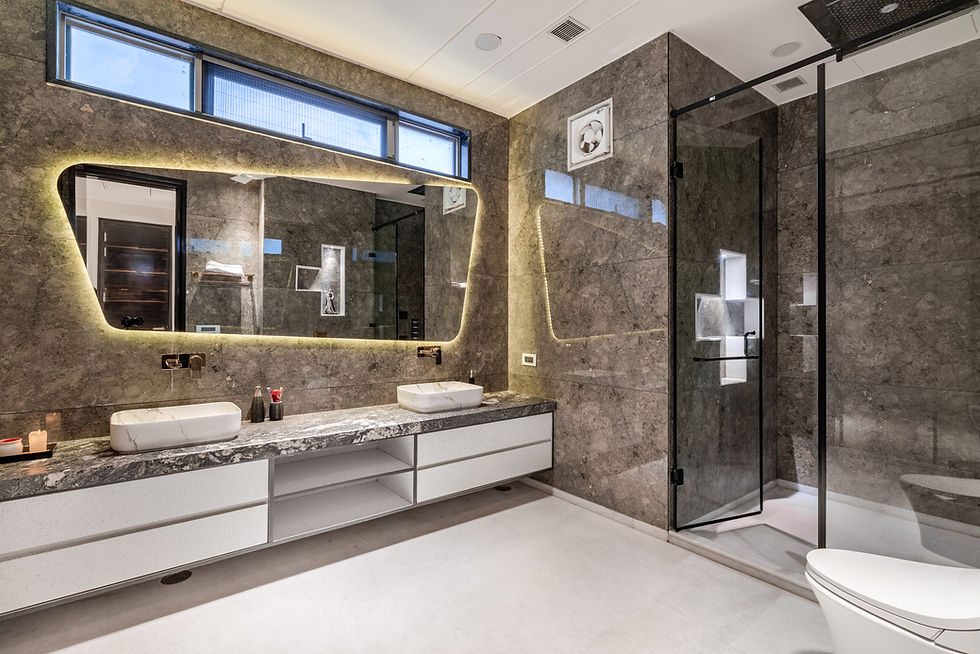
Cost-effective water-saving solutions: Smart Tech for Conservation
Share
In an era where water scarcity is a growing concern, especially in urban areas, finding cost-effective water-saving solutions has become imperative. Tech professionals and enthusiasts are at the forefront of this revolution, leveraging technology to create sustainable and efficient methods of conserving water. This article delves into how you can integrate technology into your daily life to save water without breaking the bank.

Understanding the Importance of Water Conservation
Water is one of the most vital resources on Earth, yet it's depleting at an alarming rate. The challenge of water scarcity is exacerbated by climate change, population growth, and unsustainable water management practices. For tech enthusiasts, addressing water conservation through technology not only provides a solution but also opens avenues for innovative developments.
Why Tech Professionals Should Care
Tech professionals are uniquely positioned to tackle water conservation challenges. With an understanding of digital solutions and systems, they can create innovative tools and applications that monitor, manage, and reduce water usage. By prioritizing water-saving innovations, tech enthusiasts contribute to sustainable living, aligning with global efforts to conserve this precious resource.
Smart Home Technologies for Water Efficiency
Smart home technology offers several cost-effective water-saving solutions that can be seamlessly integrated into your lifestyle. These technologies not only help in reducing water consumption but also promote efficient usage, ensuring minimal wastage.
Smart Irrigation Systems
Smart irrigation systems are a game-changer in water conservation. These systems use sensors and weather data to optimize water usage for gardens and lawns. By watering only when necessary, they prevent over-irrigation and save significant amounts of water. For more information on integrating smart technology into your home, visit Smart Home Integration with Water-saving Toilets.
Efficient Bathroom Fixtures
Bathrooms are one of the primary areas where water is used extensively. Upgrading to water-efficient fixtures, such as low-flow toilets and showerheads, can drastically reduce water consumption. These fixtures are designed to use less water without compromising performance. For ideas on eco-friendly bathroom upgrades, check out Best Eco-friendly Bathroom Upgrades.
Innovative Water Monitoring Systems
Water monitoring systems are critical in identifying areas of excessive water use and potential leaks. By providing real-time data, these systems help homeowners and businesses make informed decisions about their water usage. Such systems are part of a broader trend of smart water management solutions that are both cost-effective and efficient.
Real-time Data Collection and Analysis
Water monitoring devices, equipped with IoT capabilities, offer real-time data collection and analysis. This technology allows users to track their water consumption patterns, detect leaks, and even receive alerts when unusual usage is detected. For a deeper dive into how IoT is transforming sustainable living, visit How IoT is Changing Sustainable Living.
Automated Leak Detection Systems
Leak detection systems have become more sophisticated, using sensors to monitor water flow and detect irregularities. When a leak is detected, the system alerts the user, allowing for prompt action to prevent water wastage. These systems are particularly useful in larger properties where manual monitoring is impractical.
Community and Industrial Applications
Beyond individual households, cost-effective water-saving solutions are being implemented at community and industrial levels. These applications have the potential to make a significant impact on overall water conservation efforts.
Rainwater Harvesting Systems
Rainwater harvesting is an age-old practice that has been modernized with technology. Communities and industries are now using advanced systems to collect, filter, and store rainwater for various uses. This method not only conserves water but also reduces reliance on traditional water supply systems.
Industrial Water Recycling
Industries are major water consumers, and implementing water recycling systems can significantly reduce their water footprint. Advanced filtration and treatment technologies allow industries to reuse water within their processes, leading to substantial savings and environmental benefits.
Conclusion: A Call to Action for Tech Enthusiasts
As tech professionals and enthusiasts, embracing cost-effective water-saving solutions is not just about adopting the latest gadgets; it's about leading a movement towards sustainable living. By integrating smart technologies and innovative solutions, we can make a meaningful impact on water conservation efforts worldwide. For additional insights into water-efficient solutions, explore Water-efficient Bathroom Remodel Ideas.

FAQs
What are some cost-effective ways to save water at home?
Some cost-effective ways to save water at home include installing low-flow fixtures, using smart irrigation systems, and employing water monitoring devices to track and manage usage efficiently. For more tips, visit 10 Ways You Can Conserve Water at Home.
How does smart home technology contribute to water conservation?
Smart home technology contributes to water conservation by optimizing water usage through automated systems, real-time monitoring, and efficient fixtures, reducing unnecessary water consumption and wastage.
Can industries benefit from water-saving technologies?
Yes, industries can significantly benefit from water-saving technologies by implementing water recycling systems, advanced filtration processes, and automated leak detection systems to reduce water wastage and improve sustainability.
This article contains affiliate links. We may earn a commission at no extra cost to you.
